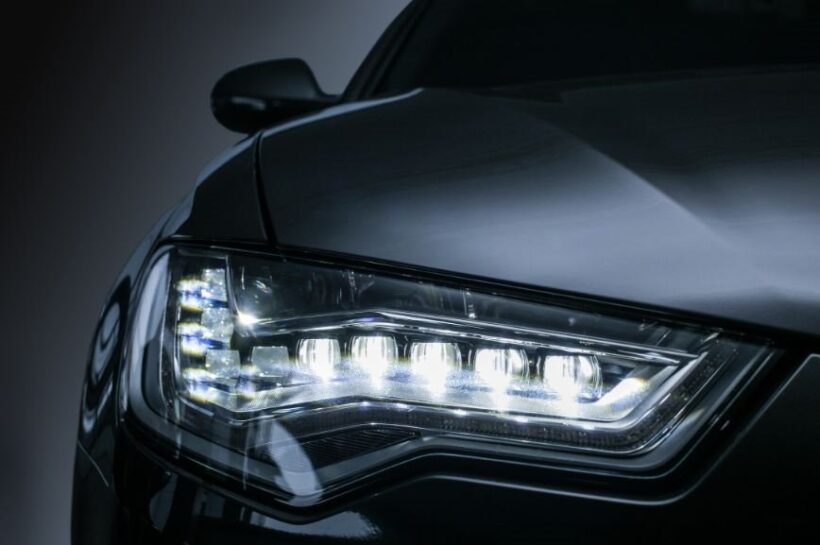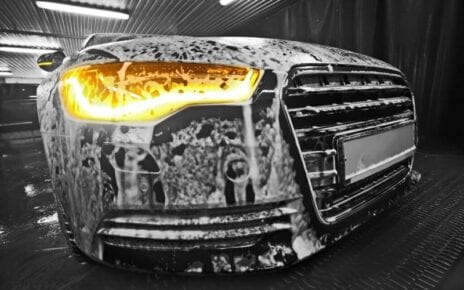Automotive lighting holds a significant place in the design and safety dynamics of a vehicle, providing visibility during nighttime and adverse weather conditions, and enhancing a vehicle’s aesthetics. This blog post aims to elucidate the numerous benefits of LED (Light Emitting Diode) headlight bulbs and why they are heralding a revolution in automotive lighting. LED headlight bulbs are not just a trend; they are, undoubtedly, the future of automotive lighting.
Understanding LED Headlight Technology
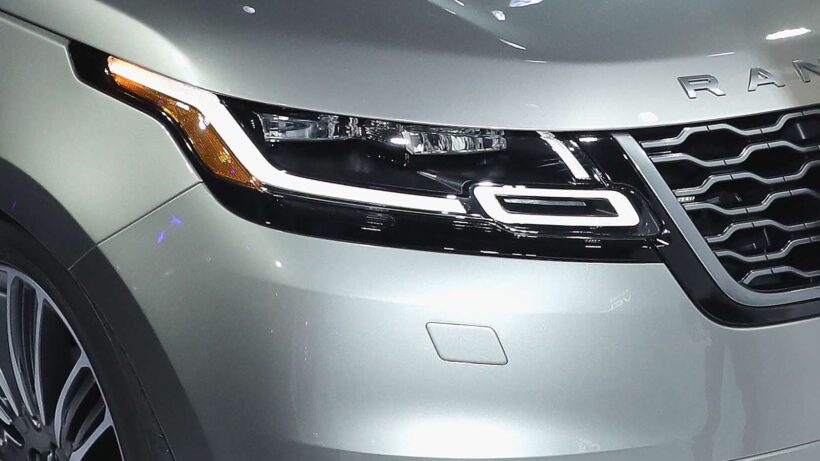
LEDs, contrary to traditional halogen bulbs, produce light by passing current through a semiconductor, reducing heat generation while optimizing light production. They consist of small diodes housed in a plastic lens that focus the light, resulting in a brighter and whiter light.
Comparatively, halogen bulbs use a tungsten filament housed in a glass envelope filled with halogen gas. They are known for their warm yellow light but are not as efficient, durable, or bright as LEDs. On the other hand, High Intensity Discharge (HID) or Xenon bulbs offer brightness comparable to them but have a relatively shorter lifespan and require a higher voltage to start. Clearly, these headlights triumph over other types of automotive lighting in multiple dimensions.
Improved Visibility and Safety
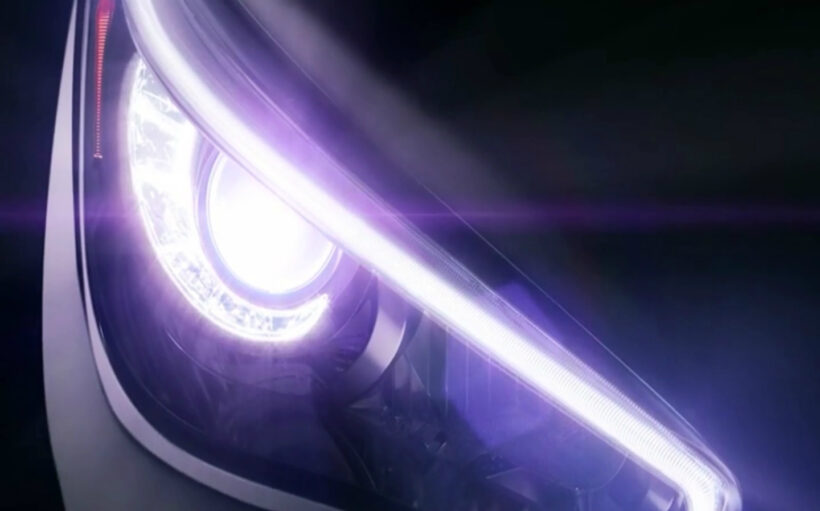
LED headlights offer an enhanced level of brightness and intensity, improving nighttime visibility dramatically. Their wide beam pattern ensures an increased coverage area, significantly improving safety. Furthermore, their better light distribution capabilities help reduce glare, thus minimizing driver fatigue.
The cooler light temperature of LEDs, closer to daylight, also enhances depth perception and color recognition, enabling drivers to respond faster to potential hazards. The cumulative effect is a safer driving experience for everyone on the road.
Energy Efficiency and Longevity
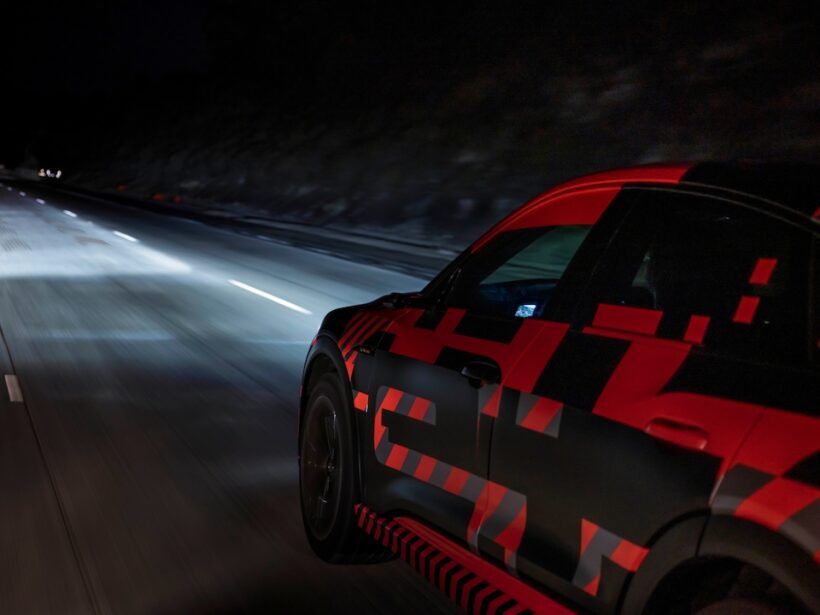
One of the key advantages of these headlights is their energy efficiency. They require less power to operate, reducing the strain on the vehicle’s electrical system, and, in turn, improving fuel economy.
Additionally, LED headlight bulbs outlive their halogen counterparts, typically lasting up to 50,000 hours, compared to 1,000 hours for halogen bulbs. This longevity means fewer replacements, less maintenance, and more cost savings in
the long run. Not to mention, the reduction in waste contributes to environmental sustainability, making LED headlights a greener option.
Stylish and Modern Design
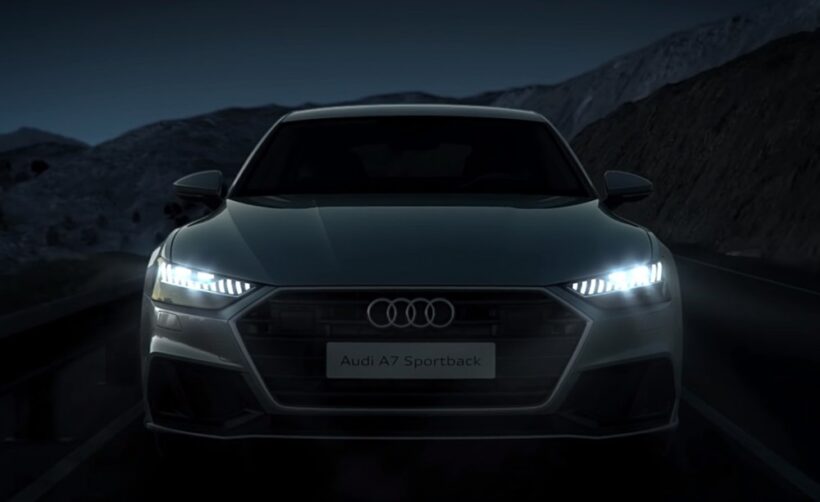
LED headlights are not just about efficiency and safety; they also add a stylish and modern aesthetic to any vehicle. Their sleek and contemporary design elevates the vehicle’s appearance. Moreover, their compact size and flexibility allow for unique lighting signatures and customization, enabling automakers to create a distinctive visual identity.
The influence of LED technology on automotive design trends is apparent as it opens up new possibilities for creativity and innovation. LED headlights have become a hallmark of high-end and cutting-edge vehicle design.
Adaptive Lighting Features
LED headlights are at the heart of modern adaptive lighting systems. These intelligent systems can automatically adjust the beam’s direction and intensity based on various factors such as vehicle speed, steering angle, and oncoming traffic.
LEDs can provide cornering illumination, improving visibility during turns or curves, and they can dynamically adapt to various weather conditions and challenging driving situations. Such adaptive features significantly enhance nighttime driving safety and comfort.
Overcoming Challenges and Adoption

Although LED headlight technology offers numerous benefits, it faces challenges such as high initial cost and compatibility issues with older vehicles. However, advancements in LED technology are addressing these issues, making LED headlights more affordable and accessible.
Many automotive manufacturers are now standardizing LED headlights across their range, with brands like Audi, BMW, and Mercedes-Benz leading the charge. The widespread adoption of LED headlight technology in the industry is a testament to its inherent advantages and future potential.

